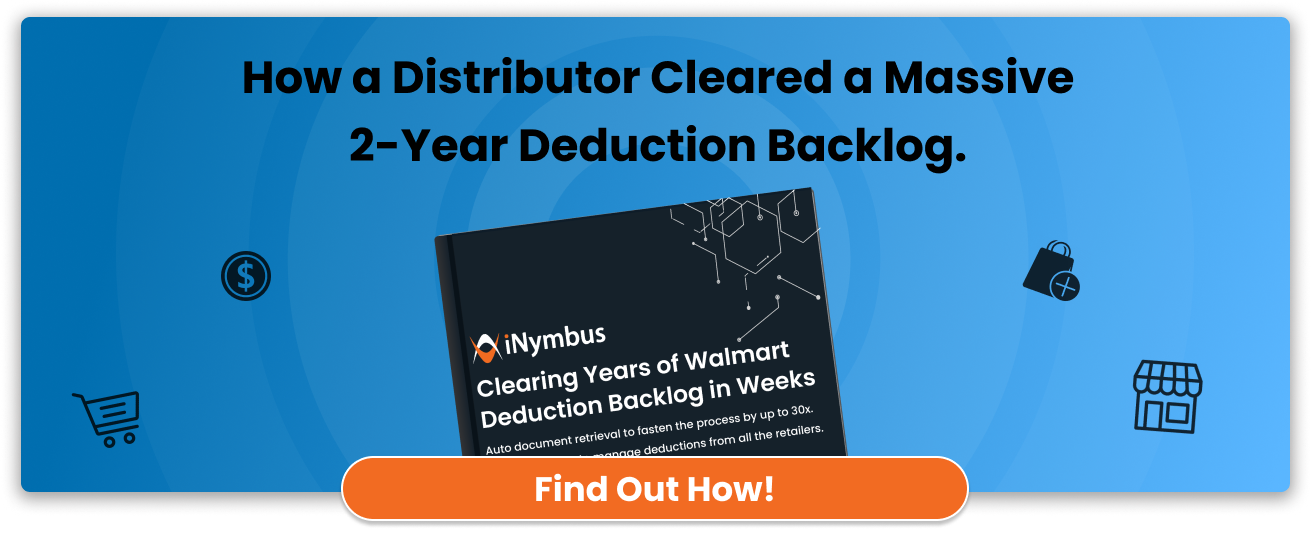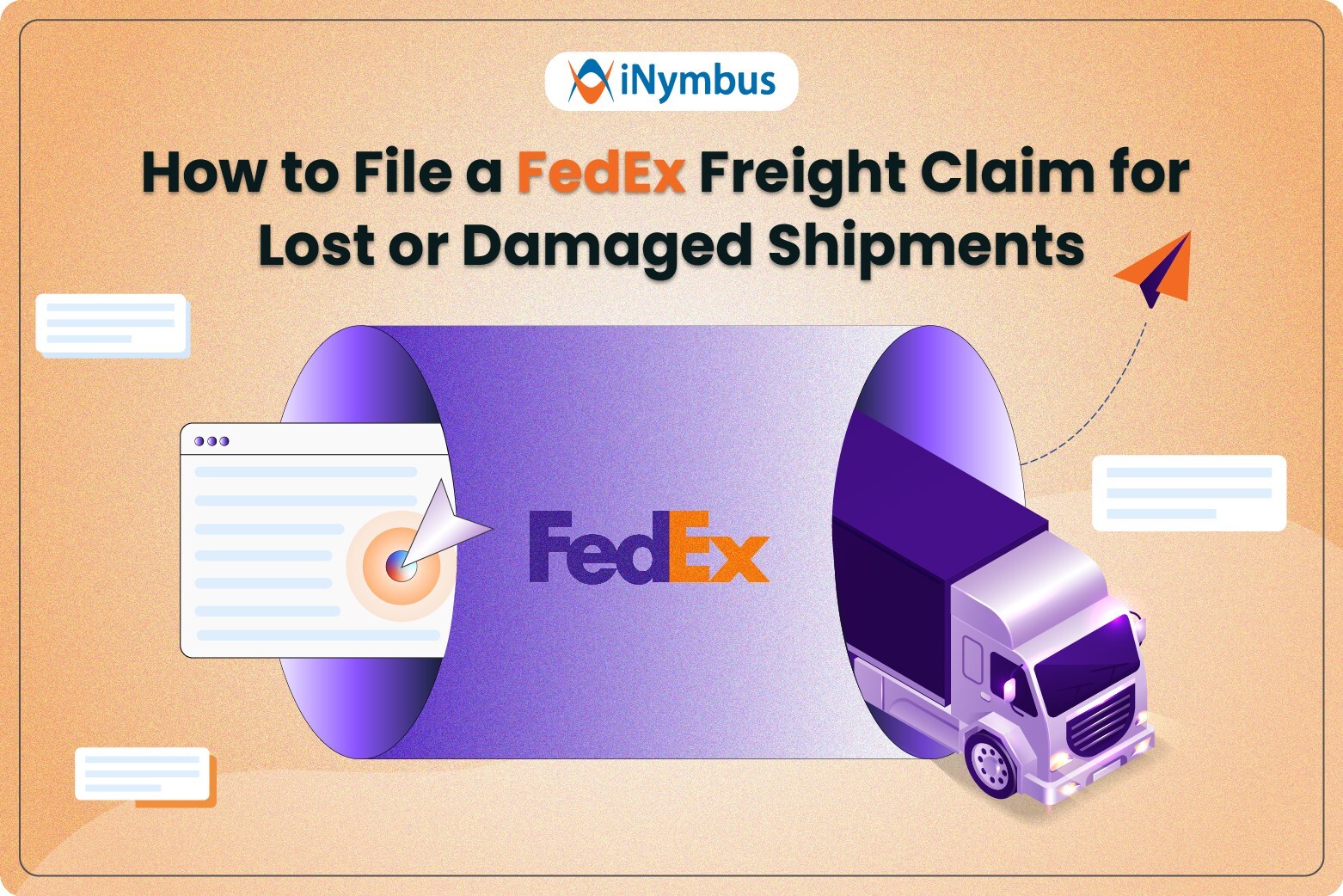Vendor Scorecard: Essential Metrics for Success in 2025
![11-2-26-blog [Recovered]-18](https://blog.inymbus.com/hs-fs/hubfs/11-2-26-blog%20%5BRecovered%5D-18.jpg?width=1562&height=1042&name=11-2-26-blog%20%5BRecovered%5D-18.jpg) A vendor scorecard helps businesses track vendor performance and manage financial risks, especially chargebacks and deductions. In 2025, compliance rules are stricter than ever. Vendors must meet high standards to maintain strong partnerships with retailers like Amazon, Walmart, and Target.
A vendor scorecard helps businesses track vendor performance and manage financial risks, especially chargebacks and deductions. In 2025, compliance rules are stricter than ever. Vendors must meet high standards to maintain strong partnerships with retailers like Amazon, Walmart, and Target.
A well-structured vendor scorecard provides essential performance indicators, helping businesses monitor efficiency, reduce financial losses, and strengthen supplier relationships.
This article explores the essential vendor scorecard metrics for 2025 and how retailers use them. It also explains how vendors can cut expenses by monitoring key performance indicators.
What is a Vendor Scorecard?
A vendor scorecard is a performance measurement tool that helps retailers evaluate how well their suppliers are meeting expectations. It measures key factors, called Key Performance Indicators (KPIs), to maintain service quality, minimize financial losses, and boost efficiency.
Retailers use vendor scorecards to monitor supplier performance, ensure compliance with agreed-upon standards, and safeguard their profit margins. By regularly monitoring supplier performance, businesses can use data to improve operations and achieve long-term success.
- Greater Vendor Accountability: Helps suppliers stay responsible by tracking performance and ensuring they meet expectations.
- Improved Financial Oversight: Reduces chargebacks and financial losses by identifying and addressing payment issues.
- Fewer Work Disruptions: Prevents recurring issues like late deliveries or deductions, ensuring smooth operations.
- Stronger Supplier Relationships: Encourages better compliance, leading to trust and long-term partnerships.
Key Metrics Driving Vendor Scorecard Success in 2025
To stay efficient and reliable, vendors must track key scorecard metrics for vendor evaluation. This ensures product quality, improves performance, and helps retailers make informed decisions for long-term success.
Here are the key performance indicators (KPIs) that shape an effective vendor scorecard:
- Chargeback Rate – The percentage of transactions that result in fees from retailers. A lower rate means better rule compliance and stronger financial stability.
- Deduction Recovery Rate – Measures how much of the disputed fees a vendor successfully recovers. A higher rate means better dispute handling and revenue protection.
- On-Time Payment Compliance – Measures if vendors submit invoices correctly and on time to avoid payment delays and disputes. High compliance prevents unnecessary fees.
- Claim Resolution Speed – How quickly a vendor settles chargeback and deduction disputes. Faster resolutions reduce financial stress and improve retailer relationships.
- Invoice Accuracy Rate –Measures the percentage of properly formatted, error-free invoices. Higher accuracy helps prevent deductions from pricing mistakes or missing details.
- Retailer Compliance Score – Retailers have strict rules for paperwork and processes. Vendors must follow these guidelines to avoid extra fees and penalties.
Here’s the Vendor Scorecard Template with the metrics:
Vendor Scorecard Template
Note:
This is a simulated example of a vendor scorecard for demonstration purposes. Actual metrics and scores will vary based on real-world vendor performance.
How to Analyze Vendor Performance Scorecards to Reduce Deductions
Chargebacks and deductions can quickly drain profits and disrupt operations. They often result from invoice errors, shipping discrepancies, or compliance violations. A vendor performance scorecard helps track key metrics, identify recurring issues, and enhance compliance, ultimately minimizing financial losses. Here’s how to use it effectively:
1. Keep an Eye on Key Metrics
Track key numbers like chargebacks, deductions, and payment accuracy. Identify issues early and fix them to avoid financial losses.
2. Find and Fix the Root Cause
Most chargebacks and deductions arise from avoidable mistakes like incorrect invoices, late deliveries, or pricing mismatches. A vendor scorecard identifies these weaknesses, enabling businesses to implement targeted improvements and reduce financial setbacks.
3. Build Stronger Relationships with Retailers
Retailers favor vendors who meet compliance standards. A strong scorecard boosts credibility, leading to better contract terms, fewer penalties, and preferred supplier status.
4. Review & Adjust Regularly
Retailer policies constantly change. Regular scorecard reviews help vendors stay compliant, improve processes, and prevent financial losses. Using scorecards effectively reduces chargebacks, strengthens retailer relationships, and drives long-term success.
Pro Tip: Here is the Full guidance on Vendor Portals.
Best Practices to Improve Vendor Scorecard Metrics
To maintain high vendor scorecard ratings, suppliers should follow these best practices:
- Stay Up to Date with Retailer Compliance Updates- Retailers frequently update their compliance requirements, including invoice formatting, submission deadlines, and documentation standards. Keeping track of these changes helps prevent chargebacks and deductions.
- Ensure Employees Follow Standard Operating Procedures (SOPs)- Educate and train employees on retailer requirements and internal SOPs to ensure consistency and compliance in order processing, invoicing, and dispute management.
- Prioritize Key Retailer Metrics- Focus on the performance metrics that matter most to retailers, such as On-Time, In-Full (OTIF), order accuracy, and fulfillment speed, to maintain strong relationships and high vendor ratings.
The Future of Vendor Scorecards: Trends in 2025 and Beyond
As the number of suppliers continues to grow, vendor scorecards are becoming more critical than ever. Retailers are increasingly relying on these tools to assess supplier performance, ensure compliance, and make data-driven sourcing decisions.
Key Trends Driving the Shift:
- Stricter and More Extensive Compliance Requirements
Retailers are tightening their standards, enforcing detailed guidelines on packaging, labeling formats, and shipping accuracy to maintain consistency and minimize operational disruptions.
- Enhanced Vendor Selection Processes
With more suppliers competing for retail partnerships, scorecards help retailers identify the most reliable and compliant vendors, influencing procurement decisions and long-term relationships.
As competition increases and compliance standards evolve, vendor scorecards will play a crucial role in shaping supplier-retailer dynamics, helping businesses optimize operations and mitigate financial risks.
How iNymbus Indirectly Enhances Vendor Scorecard Performance
iNymbus may not directly change your vendor scorecard, but it helps improve the factors that influence it, making a big difference in overall performance.
Here’s how iNymbus indirectly improves vendor scorecard performance:
- Access to Detailed Deduction Data – Provides in-depth insights into recurring deduction patterns, helping vendors identify root causes and take corrective action to reduce future disputes.
- Frees Up Internal Resources – Automates tedious manual processes, allowing teams to focus on strategic initiatives and preventive measures instead of being stuck in dispute management.
- Faster Dispute Resolution – Automates chargeback and deduction disputes, reducing processing time and preventing penalties that impact vendor ratings.
- Higher Deduction Recovery Rate – Ensures the right documentation is submitted on time, increasing the chances of successful recoveries and minimizing financial losses.
Conclusion
A well-managed vendor scorecard is key to long-term success in today’s competitive retail market. Vendors need to track important metrics, lower chargebacks, and use automation to improve performance.
With iNymbus, vendors can easily manage deductions and reduce chargebacks. This helps them improve compliance scores and stay valuable to major retailers. In 2025, businesses that use automation will stay ahead as financial challenges continue to change.





